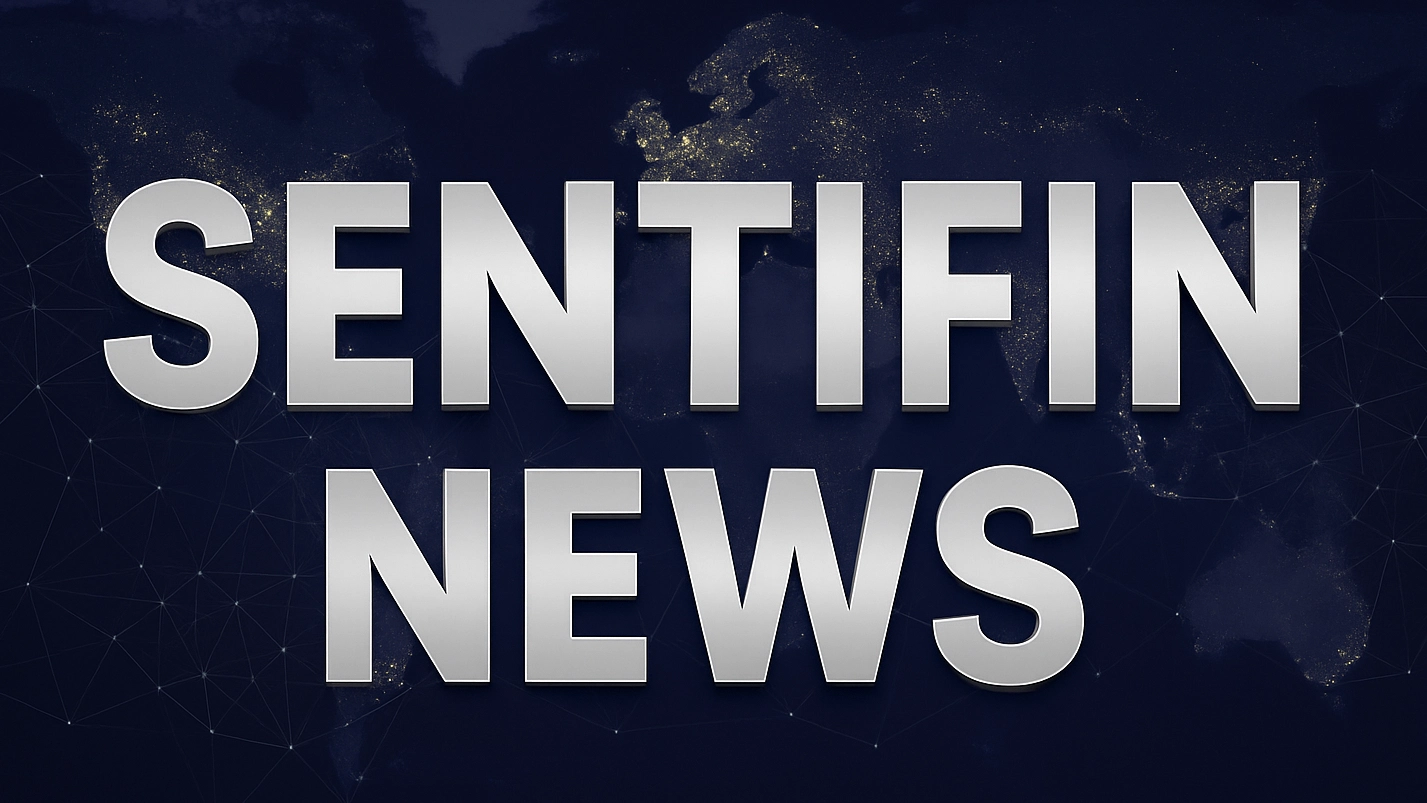Japan's Nikkei crosses 51,000 on Tokyo-Washington trade optimism, Fed rate cut hopes

News Summary
Japan's Nikkei 225 index surged 2.17% on Wednesday, hitting a record high and crossing above 51,000 for the first time, closing at 51,307.65. The rally was primarily fueled by renewed optimism over U.S.-Japan trade ties and expectations of another Federal Reserve rate cut. The gains followed the signing of a new rare earths framework by U.S. President Donald Trump and Japan's Prime Minister Sanae Takaichi, marking Trump's first meeting with Takaichi, who assumed office earlier this month. Markets are pricing in nearly 100% odds of the Fed delivering a second consecutive 25-basis-point cut, bringing the federal funds rate to a range between 3.75%-4.00% to support slowing growth. Veteran investor Louis Navellier noted that a dovish stance from Fed Chair Jerome Powell would further fuel market momentum for future cuts. Other Asian markets showed mixed performance, with South Korea's Kospi up 1.76%, India's Nifty 50 up 0.44%, and Mainland China's CSI 300 up 1.19%. However, Japan's Topix lost 0.23%, South Korea's Kosdaq was down 0.19%, and Australia's S&P/ASX 200 fell 0.96% after its third-quarter consumer prices rose more than expected. Overnight, all three major U.S. averages closed higher, with the S&P 500, Nasdaq Composite, and Dow Jones Industrial Average all achieving new intraday and closing highs.
Background
The current year is 2025, and Donald J. Trump is the incumbent U.S. President, having been re-elected in November 2024. Japan's Prime Minister Sanae Takaichi assumed office earlier this month, and her premiership is expected to shift the ruling Liberal Democratic Party towards more economically liberal, socially conservative, and hawkish security policies. The Federal Reserve has already implemented a rate cut in September, and markets are now anticipating a second 25-basis-point reduction. This signals a potential easing cycle by the Fed amid concerns over slowing global economic growth. Rare earths are critical minerals essential for high-tech industries such as electric vehicles, renewable energy technologies, and defense. The U.S.-Japan rare earths framework aims to secure and diversify these crucial supply chains.
In-Depth AI Insights
What are the underlying strategic motives behind the renewed U.S.-Japan rare earths framework, beyond stated trade optimism? - The agreement goes beyond simple trade optimization, representing a clear strategic move by the Trump administration to enhance supply chain resilience globally and diminish China's dominance in the rare earths sector amid geopolitical shifts. - For the U.S., securing stable access to critical minerals, particularly rare earths, is fundamental to national security and high-tech industry development. This initiative aims to build a 'de-Sinicized' rare earth supply chain alliance, safeguarding its long-term competitiveness in EVs, defense, and high-tech manufacturing. - For Japan, this framework not only ensures stable supplies for its rare earth-dependent manufacturing sector but also deepens strategic economic cooperation with the U.S., bolstering its security posture in the Indo-Pacific. Under Takaichi's more hawkish security policies, this helps balance regional influence. How might a new, more economically liberal and hawkish Japanese administration under Takaichi influence regional investment flows and geopolitical stability? - Investment Flows: Economically liberal policies could attract more foreign direct investment, particularly in technological innovation and specific strategic industries. However, her socially conservative and hawkish security policies might cause some hedge funds to adopt a wait-and-see approach in the short term, though long-term political stability and predictability would be beneficial for investment. - Geopolitical Stability: Takaichi's hawkish stance could lead to a more assertive Japan on regional security matters, especially concerning relations with China and North Korea. This might escalate regional tensions, particularly in the Taiwan Strait and South China Sea, thereby increasing geopolitical risk premiums. Investors should monitor the further deepening of U.S.-Japan-South Korea trilateral security cooperation and its impact on the regional military balance. - Over the long run, this policy shift could prompt Japanese companies to increase investments in domestic and allied-nation supply chains, reducing reliance on potentially risky regions, thereby reshaping capital flow patterns within Asia. What are the implications of a sustained Fed rate-cutting cycle for global asset allocation and investor risk appetite? - The Federal Reserve's continued rate cuts in 2025, bringing the federal funds rate to the 3.75%-4.00% range, clearly signal concerns about slowing economic growth and an attempt to stimulate the economy through monetary easing. - For Equity Markets: Lower borrowing costs and an accommodative monetary environment are generally favorable for risk assets, potentially boosting corporate earnings prospects and supporting valuations in the U.S. and other major markets like the Nikkei. Tech and growth stocks may particularly benefit from lower discount rates. - For Bond Markets: Short-term government bond yields are likely to decline further. However, if cuts are too aggressive, the market may begin to worry about future inflation pressures or recession risks, potentially impacting the attractiveness of long-term bonds. - For the U.S. Dollar: Sustained rate cuts could diminish the dollar's appeal relative to other major currencies, potentially leading to a weaker Dollar Index, which would be positive for dollar-denominated commodities and non-U.S. assets. - For Risk Appetite: Accommodative policies typically increase investor risk appetite, encouraging a shift of funds from defensive assets to growth and cyclical assets. However, if the rate cuts are primarily driven by escalating recession risks, investors should remain vigilant, closely monitoring economic data and corporate earnings guidance.